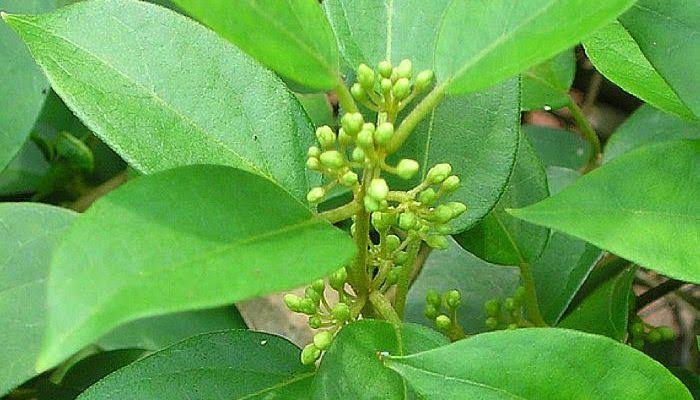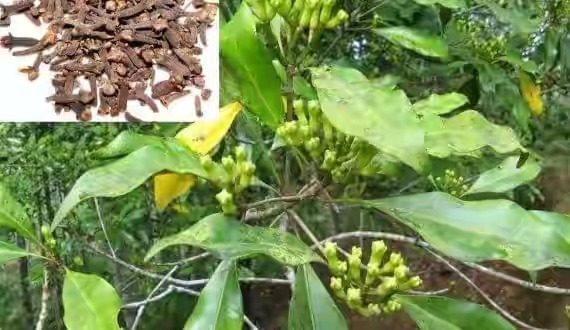Gymnema Sylvestre or Periploca of the woods or Yaryadin kura (Hausa): An anti-diabetic plant
Gymnema Sylvestre is a woody, climbing plant of tropical forests of Central and Southern India and in parts of Africa. Distribution is worldwide and it is recognized in the traditional medicinal literature of many countries including Australia, Japan, and Vietnam. Gymnema has been referred to in some texts as Asclepias geminata, Gymnema melicida, and Periploca sylvestris. Gymnema has played an important role in Ayurvedic medicine for centuries. The genus Gymnema comprises 40 species distributed from Western Africa to Australia. Its use has been confined primarily to the management of diabetes mellitus and similar hypo- and hyperglycemic conditions. Gymnemic acids that predominate in Gymnema Sylvestre have anti-diabetic, anti-sweetener and anti-inflammatory activities. The anti-diabetic array of molecules has been identified as a group of closely related gymnemic acids. The anti-diabetic ability of gymnemic acids is due to decreasing glucose absorption in the body. The atomic arrangement of gymnemic acid molecules is similar to that of glucose molecules. These molecules fill the receptor locations on the taste buds thereby preventing its activation by sugar molecules present in the food, thereby curbing sugar craving.

Credit: The Herbal Solution
Similarly, Gymnemic acid molecules fill the receptor location in the absorptive external layers of the intestine thereby preventing the sugar molecules absorption in the intestine, which results in low blood sugar level. When Gymnema leaf extract is administered to diabetic patients, there is stimulation of the pancreas, which results in increased insulin secretion.
The compounds in Gymnema leaves have also been found to increase fecal excretion of cholesterol, which causes a decline in blood cholesterol. Other uses for Gymnema leaf extract are its ability to act as a laxative, diuretic, and cough suppressant. There are several possible mechanisms by which gymnemic acids exert their hypoglycemic (glucose-lowering) and include increase in secretion of insulin, promotion of the regeneration of islet cells, increase in the utilization of glucose.
Furthermore, gymnemic acids have been shown to increase the activities of enzymes responsible for utilization of glucose by insulin-dependant pathways, an increase in phosphorylase activity, decrease in gluconeogenic enzymes and sorbitol dehydrogenase and cause inhibition of glucose absorption from intestine.
These are the thoughts of:
Sa’eed Halilu Bawa
Senior Lecturer (Associate Professor) at University of the West Indies, St. Augustine Campus, Trinidad.
Studied Food and Nutrition Sciences, Dietetics at Kaduna Polytechnic, Nigeria; Warsaw University of Life Sciences, Poland.
























